Hygrophila Corymbosa ‘Compacta’/ Hygrophila ‘Compact’ (1 stem)
Original price was: ₹30.₹16Current price is: ₹16.
Hygrophila corymbosa is an aquatic plant that is undemanding and also a popular choice for aquariums due to its background use in aquascaping. It grows well in immersed conditions which is its natural habitat, but in submerged conditions also it thrives. This plant is best suited for medium and large size aquariums since it grows to a height up to 40 cm. It is a hard plant and the ph condition suitable is between 6.2 to 7.5. Propagation of this plant is done by snipping off the stem and removing the bottom leaves. It is then planted erectly on the soil. The supply of iron and light ensures more attractiveness and color to this plant.
3 in stock
Description
Quantity: 1 stem
Origin: farm developed version
Plant positioning: Foreground
Light requirement: Medium
CO2 requirement: Low – Medium
Plant difficulty level: Easy
Plant Propagation: Stem cuttings
Hygrophila Corymbosa Compacta
One variation of hygrophila corymbosa is the hygrophila corymbosa ‘compact’ or ‘compacta,’ which also originates from Asia. Compared to the original Hygrophila Corymbosa plant, this one is denser. It produces several lateral shoots and leaves very little space between each shoot, giving it a full and compact appearance. Before adapting to its nursery, the plant’s leaves are a dark green colour; however, once at ease, they become a pale green shade.
A stunning aquarium’s plants are one of its key attractions. They both make the ideal habitat for the aquatic critters that obstruct the tank and offer protection to them. These plants are approachable to beginners, such as the hygrophila corymbosa, also known as the starhorn, temple plant, or big hygro.
Caring
The hygrophila corymbosa is a straightforward plant that requires little maintenance. Although the hygrophila corymbosa has a few subspecies, they are all generally similar. With its long, slender leaves that taper at each end, this water plant produces a lovely scene. Bright green in hue, this stem plant can occasionally alter its colour depending on the quantity of light it receives. The hues of the hygrophila corymbosa have been seen to shift from dark green, pink, red, and even purple. This aquatic plant has the capacity to generate pink and purple blossoms when immersed to a certain extent. The enormous hygro can reach a height of up to 24 inches in the wild, but in a tank, it only reaches 3 to 5 inches. The new growth, known as side shoots, originates at the stem and ultimately gives this plant a bushier appearance. Southeast Asian nations including Thailand, Malaysia, Singapore, Indonesia, and India are where it is naturally grown. Although it is also growing in Mexico and the United States, it is regarded as a rare and alien plant in these countries.
Requirements
The giant hygro is a fantastic water plant for beginners because it doesn’t need much maintenance. It is a hardy plant since it can adapt to many circumstances and is never demanding. It is preferable to place this aquatic plant in a tank with a minimum capacity of 10 gallons because the giant hygro’s new growth originates at the stem and grows into a towering bush. This plant’s ability to absorb nitrates and ammonia and maintain them at a healthy level for the fish is one of the advantages of adding it to your aquarium.
The enormous hygro also reduces the number of algae that grows in the tank. The giant hygro grows quickly in the right conditions, thus it needs to be trimmed at least once every week to stay in good condition. It is crucial to be aware that many aquarium hobbyists have had their Hygrophila corymbosa lose leaves around the bottom of the stem. This is so that light can’t get to the bottom leaves since the leaves at the top of the stem sometimes block it. This is a crucial point to remember and explains why you should regularly prune your plant.
The giant hygro needs temperatures between 68°F and 86°F to grow, which is a wide enough range for temperature variations. The hygrophila corymbosa thrives in full sunshine in the nature, but in a tank, it can survive with moderate to strong lighting. The water’s pH should be kept between 5.5 and 8 and its relatively soft hardness level should be between 2 dGH and 15 dGH. Hygrophila corymbosa can be partially submerged in water as well as fully submerged, and it will thrive in both situations.
Fine gravel is the ideal substrate for this aquatic plant since it enables the plant to root deeply and take nutrients to live. The hygrophila corymbosa needs a lot of additional nitrites, nitrates, and ammonia for sustenance. Regular additions of liquid fertiliser are necessary for the hygrophila to keep its vibrant, healthy green hues. CO2 is helpful to this plant, although it is not required. It is crucial to remember that if a plant’s leaves begin to turn yellow, it implies the plant lacks iron.
The hygrophila corymbosa may live in aquariums with the majority of fish. They fare well with most snails, tiny fish, and crustaceans. Because goldfish and burrowing cichlids are known to devour the plant’s leaves, aquarists must keep an eye out for them. If left with goldfish and digging cichlids, your hygrophila corymbosa plant will be virtually destroyed in a matter of hours.
Planting & Propagation
A hygrophila corymbosa is simple to find because the aquarist community considers them to be rather common. Place the plant into the substrate once it is moist and you are ready to plant your aquatic plant. Tweezers can be used to further embed the plant in the substrate if necessary. To ensure that the plant is secure, it is advised to insert it into the substrate slightly diagonally.
Since it grows tall and wide, most aquarists place the gigantic hygro in the middle or background of the tank while aquascaping. It will offer a lovely background colour and a good spot for the fish to hide. Make sure not to plant hygrophila corymbosa too closely together because the majority of them have lengthy leaves that need room. This plant is also frequently used by aquarists to build the “street” that is typical of aquascapes in the Dutch design style. Once the plant has been established in the substrate, it will begin to develop roots. Since the giant hygro is a stem plant, only substrate can be used for planting; driftwood or pebbles are not suitable surfaces.
Hygrophila corymbosa propagation is remarkably simple. As previously stated, a plant’s stem is where new development begins. Simply remove the side shoots that have grown to a length of about 4 inches in order to proliferate. Simply put the side shoots into the substrate after you’ve cut them. To prevent the side branch from floating away out of the substrate, plant them deeply in the substrate and somewhat diagonally with the stem inserted. It will eventually develop roots and bury themselves in the substrate.
Light High to medium
Temperature 22-28°C
Growth rate slow
Area Foreground
Height up to 15 cm
pH 5-8
Water hardness very soft to very hard
Co2 20-30 mg/l
Propagation head cuttings, side shoots
Only logged in customers who have purchased this product may leave a review.

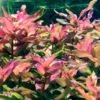
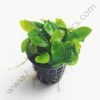


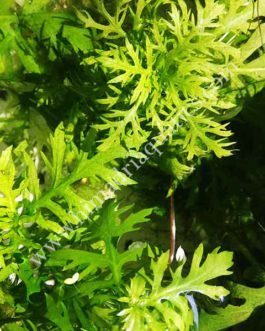
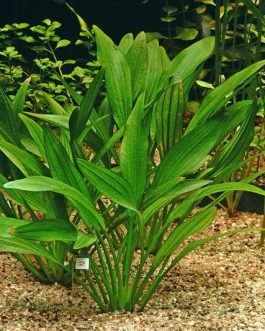
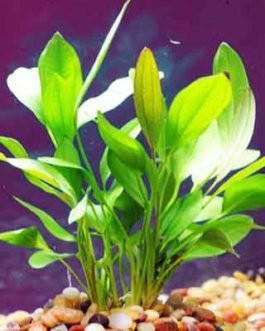
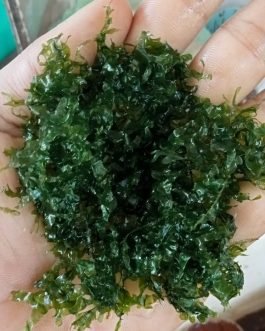
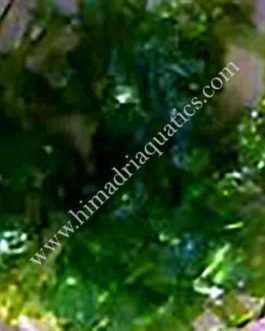
Reviews
There are no reviews yet.